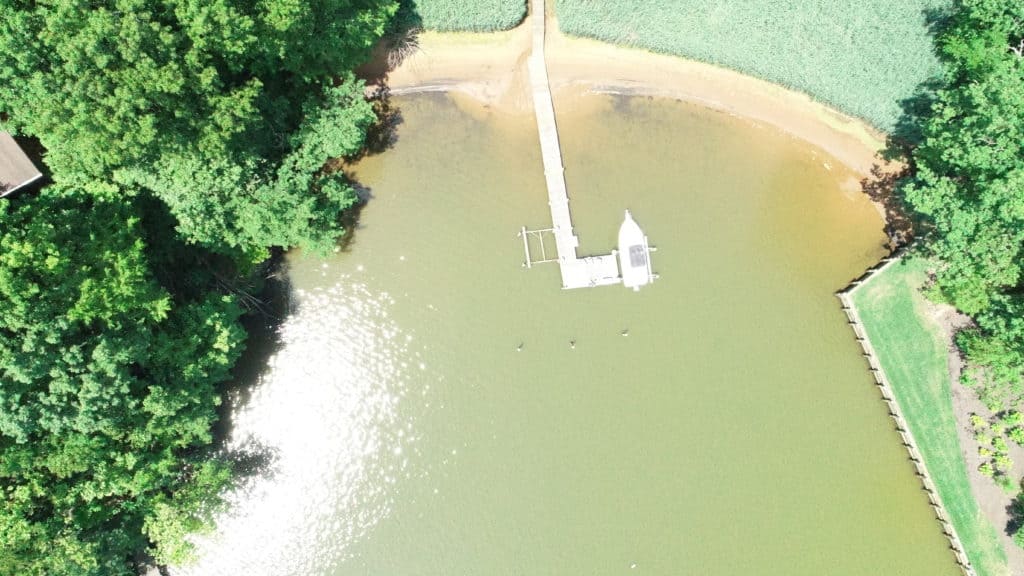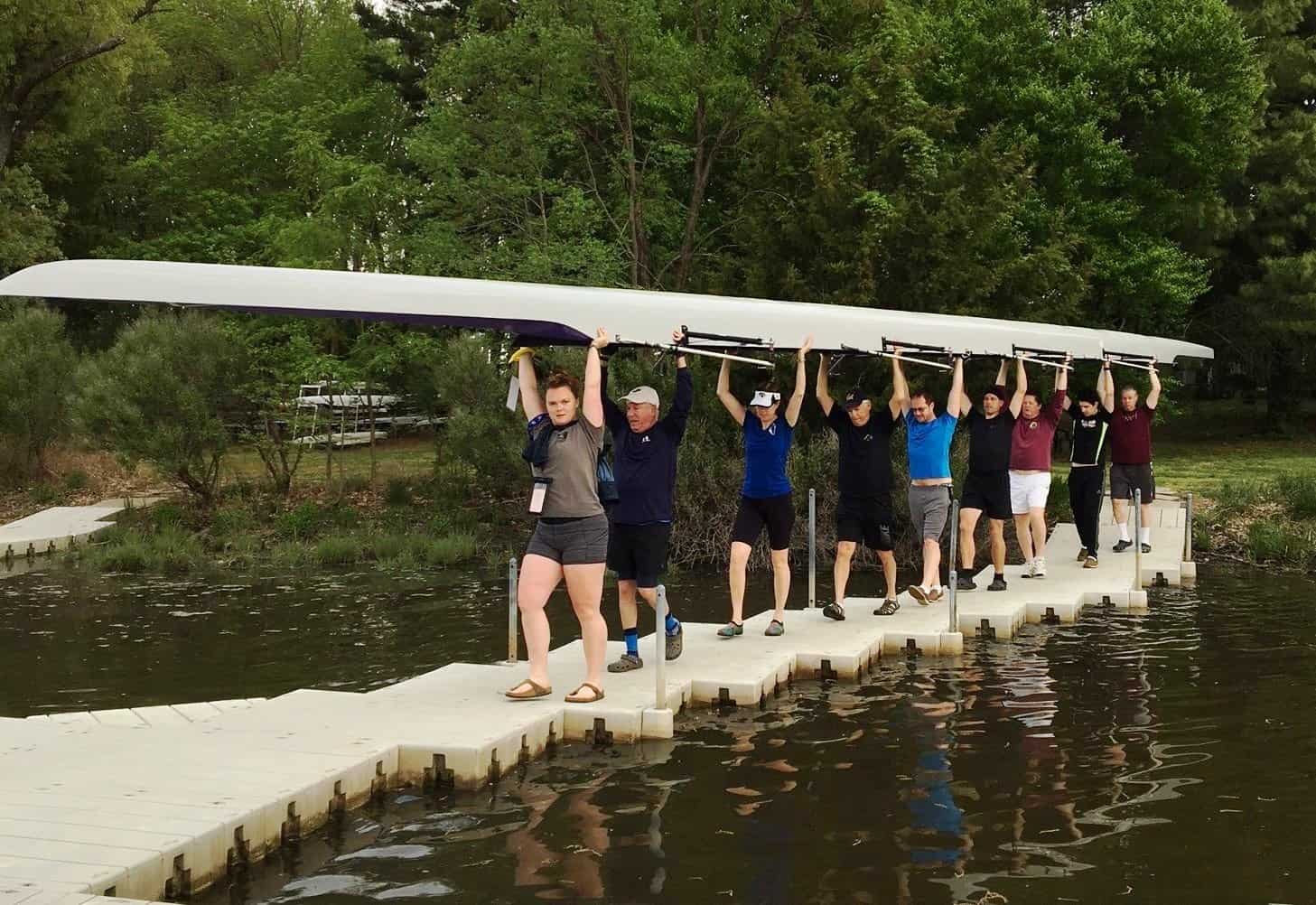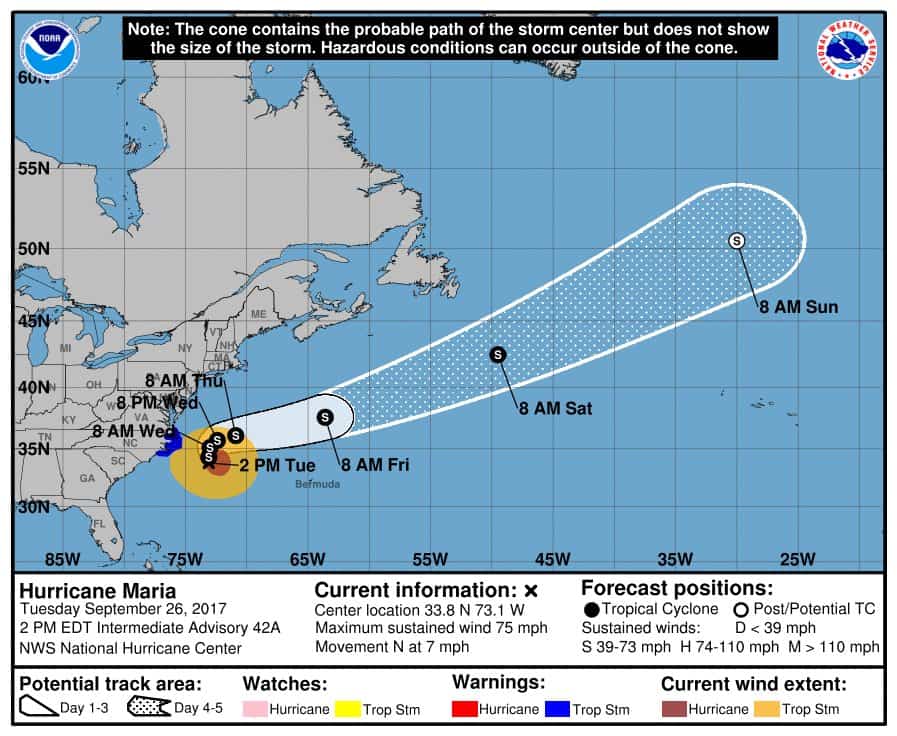Imagine going out for your next dinghy ride or paddle not just for fun—but on a hunt for underwater grasses. On the South River, the riverkeeper has enlisted regular boaters to count and document the grasses in their local waters.
In a volunteer program run between late April and early June, locals help the Arundel Rivers Federation count the SAV (submerged aquatic vegetation) they see in their neighborhood waterways. In 2019, 23 volunteers stepped up to help collect this information.
Using a seagrass ID guide and a chart of the Anne Arundel County waters sent to them by South River Riverkeeper Jesse Iliff, volunteers hit the water looking for grass in small boats, kayaks, and canoes. Scooping up floating grasses by hand or using a small rake, boaters could then use the guide to identify the SAV, send pictures back to Iliff, and even save some samples for Iliff to look at in person.
“I think that most people who went out looking for it went because they know that SAV is important for the health of the river and they wanted to help us publicize good news,” Iliff says.
These underwater grasses are incredibly important to supporting life in the Chesapeake Bay. SAV break up thick mud at the bottom of the rivers around the Bay, supplying oxygen, providing habitat, and reducing shoreline erosion. However, excess sediment in the Bay from construction and erosion has dented SAV growth, putting the ecosystem at risk.
While the Virginia Institute of Marine Science (VIMS) are working to monitor the amount of SAV growing in the Bay, it is hard for them to cover the entire Bay area all the time. On the South River in Anne Arundel County, the annual VIMS survey only happens once a year, in August.
But there are spring grasses that also need to be monitored. And this is where Arundel Rivers steps in. The most common SAV people find, horned pondweed, usually appears and dies off long before August, so the VIMS survey would miss it completely. The citizen surveyors help give a complete picture of SAV in the South River.
This year, volunteers also found two species of grasses that hadn’t been recorded in the South River before: curly pondweed and coontail. The citizen program is only in its second year, and Iliff considers it a success. While the riverkeeper isn’t able to put a number on the amount of underwater grasses volunteers documented, their anecdotal reports of SAV are promising.
A potential way forward to monitor SAV for the Arundel Rivers Federation is through drone footage. VIMS currently uses drones for its annual August survey, and Iliff has also begun to incorporate drones into the Riverkeeper’s spring survey. Flying the drone from a boat, Illiff takes pictures with the drone to identify the dark SAV spots underneath the water’s surface.
It’s the same concept adopted by the Magothy River Association, as seen in Bay Bulletin here.
The only pitfall is that drone photos are unable to identify the SAV species. Until technology can do that, Arundel Rivers will still rely on volunteers to look through the grasses in person next spring.
-Emma Johnson




